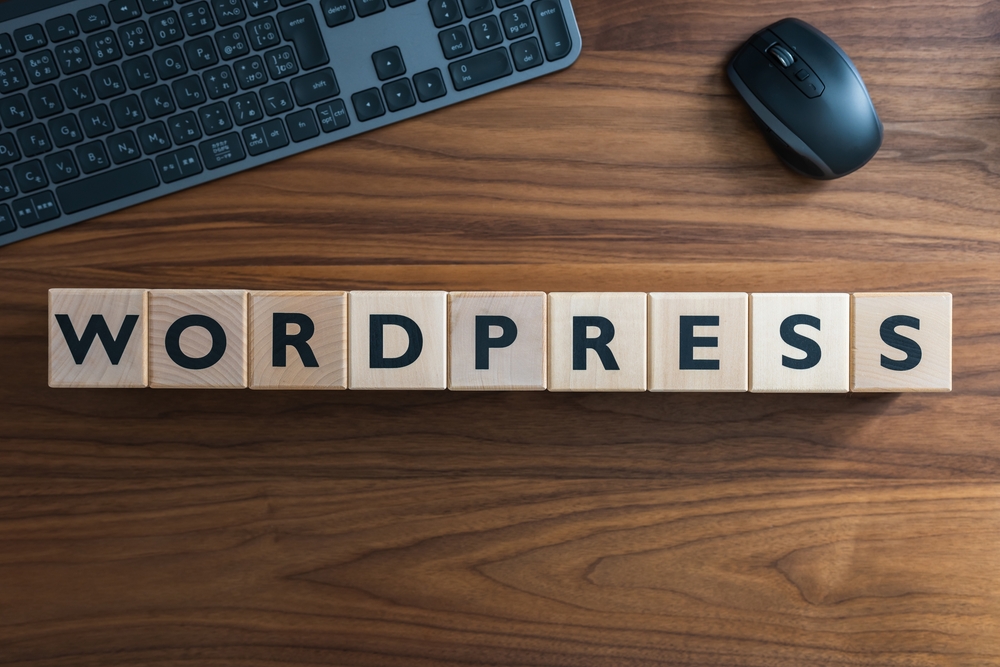
WordPress is the most popular content management system (CMS) on the web, powering over 40% of all websites. Its flexibility and user-friendly interface have made it the go-to choice for individuals and businesses looking to create a website or blog. However, getting the most out of WordPress (the blogging platform) requires some customization and regular maintenance. In this guide, we will explore the top tips and tricks to help you achieve that.
Customizing Your WordPress (or WP) Website
1. Choose the Right Theme: The appearance of your website plays a crucial role in attracting and retaining visitors. WordPress offers a vast library of themes, both free and premium, to suit various industries and preferences. Look for a theme that aligns with your brand, is responsive, and offers customization options to personalize it further.
2. Utilize Customization Options: Once you have selected a theme, explore the customization options available. From the WordPress dashboard, navigate to Appearance > Customize. Here, you can tweak various elements such as colors, fonts, logos, and header images without touching any code.
3. Install Essential Plugins: Plugins extend the functionality of your WordPress (the platform for bloggers) website. To enhance customization, install plugins that offer additional features specific to your needs. For example, if you want to add a contact form, you can use popular plugins like Contact Form 7 or WPForms.
4. Leverage Page Builders: Page builders are powerful tools that simplify the process of creating custom layouts and designs without any coding knowledge. WordPress (WP) offers several page builder plugins, such as Elementor and Beaver Builder, which allow you to drag and drop elements to build visually stunning pages.
5. Customize Menus: The menu is an essential navigation element on your website. To customize your website's menu, go to Appearance > Menus in the WordPress dashboard. Here, you can create and modify menus according to your specific requirements.
Maintaining Your WordPress Website
1. Keep WordPress Updated: Regular updates are essential for the security and performance of your WordPress website. WordPress releases updates for its core software, themes, and plugins. Always make sure to stay up to date by applying the latest updates. You can easily check for updates in the WordPress dashboard under Dashboard > Updates.
2. Back Up Your Website: Backing up your website helps protect against data loss or potential website disasters. Numerous plugins like UpdraftPlus and VaultPress allow you to schedule automatic backups and store them securely offsite, ensuring your data is safe.
3. Monitor and Optimize Website Speed: A slow website can lead to decreased user engagement and higher bounce rates. To optimize your website's speed, start by using caching plugins like W3 Total Cache or WP Super Cache. Additionally, optimize your images using plugins like Smush to reduce file sizes without sacrificing quality.
4. Secure Your Website: WordPress websites can be vulnerable to various security threats, such as hacking attempts and malware injections. Protect your website by ensuring you use strong passwords, regularly updating all your plugins and themes, and utilizing security plugins like Wordfence or Sucuri.
5. Monitor and Manage Comments: If your website allows user comments, it's crucial to monitor and manage them effectively. This will help prevent spam comments and maintain the integrity of discussions. Activate Akismet, which is built-in with WordPress, to automatically filter spam comments. You can also manually manage comments from the WordPress dashboard under Comments.
Frequently Asked Questions
1. How do I choose the right theme for my WordPress website?Answer: Consider your brand, desired customization options, and responsiveness while browsing through the extensive library of free and premium WordPress themes.
2. Do I need to update my WordPress website regularly?
Answer: Yes, regular updates ensure the security and performance of your WordPress website. Always apply the latest updates for WordPress core software, themes, and plugins.
3. How can I back up my WordPress website?
Answer: Use plugins like UpdraftPlus or VaultPress to schedule automatic backups and securely store them offsite.
4. What can I do to optimize my WordPress website's speed?
Answer: Utilize caching plugins, optimize images, and consider using a content delivery network (CDN) to improve your website's speed.
5. How can I secure my WordPress website from potential threats?
Answer: Use strong passwords, update all your plugins and themes regularly, and install security plugins like Wordfence or Sucuri to enhance the security of your website.
In conclusion, WordPress customization and maintenance are crucial for creating a unique and well-maintained website. Follow the tips and tricks mentioned in this guide, and you'll be well on your way to harnessing the full potential of WordPress. Remember to stay updated, regularly back up your website, optimize its speed, and secure it against potential threats. With WordPress, the possibilities are endless, and by implementing these strategies, you're on your way to success.
Other useful resources
- https://www.wordpress24plus.com
- https://www.wordpress24plus.com/topics/wordpress-tips-and-tricks/